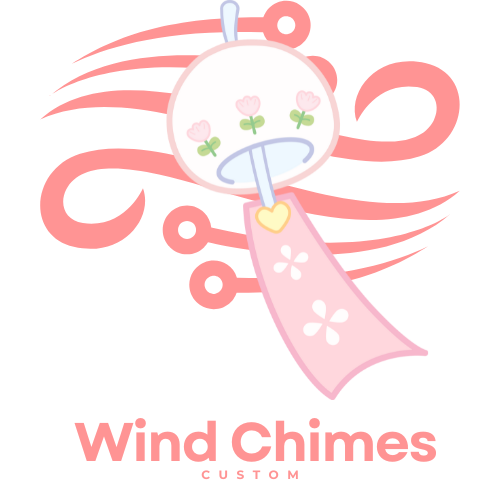Exploring Sensory Growth Through Sound Play
Understanding the Impact of Sound on Progress
Sensory development in early childhood is crucial, with auditory experiences playing a important role.Engaging children with sound not only sharpens their hearing abilities but also enhances cognitive and emotional growth.Exposure to various sounds can stimulate brain activity, fostering learning and dialog skills.
Children interact with sound in multiple ways, from listening to music to playing musical instruments or exploring sound-making toys. These experiences contribute to language development and improve memory retention. incorporating sound play into daily routines can significantly boost a child’s sensory processing abilities.
Designing Safe Sound Experiences for Kids
When considering sound-related play activities for children, safety should always be paramount. Selecting child-safe materials is essential, ensuring that any instruments or toys are free of harmful substances and designed specifically for little hands.
Opt for products that are durable yet lightweight—easy enough for toddlers to handle without risk of injury. furthermore, instruments should have smooth edges and non-toxic finishes. Regular checks on items will help identify any potential hazards before they become an issue.
Parents can also create safe environments by using soft furnishings or mats during sound exploration sessions to absorb noise levels while keeping the space comfortable.
Fun DIY Projects: Crafting Sounds Together
Getting hands-on with DIY projects is a fantastic way for kids to explore the world of sounds creatively while enhancing their motor skills. Hear is an engaging project idea suitable for various age groups:
Create Your Own Rain Stick
Materials Needed:
- A cardboard tube (such as from paper towels)
- Aluminum foil
- Dried beans or rice
- Tape
- Optional: Decorative materials like paint or stickers
instructions:
- Start by cutting a circle out of aluminum foil large enough to cover one end of the tube securely.
- Fill the cardboard tube halfway with dried beans or rice.
- Cover one end tightly with your aluminum foil circle using tape.
- Seal the other end similarly after adding more filler if desired.
- Have fun decorating your rain stick! Use paints, stickers, or markers creatively.
Shake gently vertically; the grains inside will mimic raindrops falling—a fun way for children to hear natural sounds!
Additional Activity Ideas
Another exciting project could involve making simple percussion instruments like shakers using plastic bottles filled with different textured items (rice, beads, buttons). Experimenting with varying sizes and contents produces distinct sounds which encourage exploration!
Through these creative activities centered around sound play—not only do kids learn about auditory sensations—they also develop fine motor skills along with following instructions—all vital aspects contributing toward overall development.
By fostering creativity through safe interactions involving auditory stimuli such as these projects mentioned above—you provide children vital opportunities in shaping both their sensory understanding alongside joyous memories!

